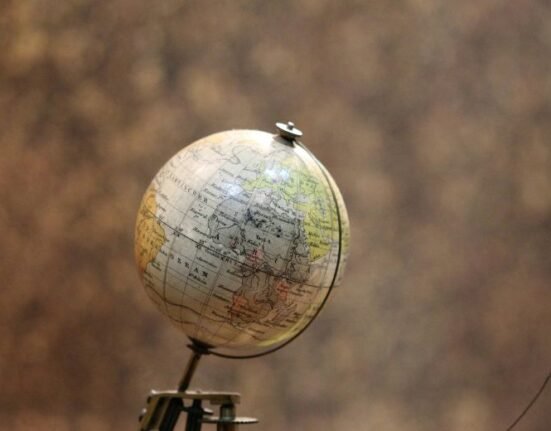HQ Team
February 29, 2024: Over 7000 humpback whales died in the North Pacific Ocean between 2012 and 2021, according to a study that used artificial intelligence and crowdsourced photo database to identify individual whales.
The scientists pinpoint the decline in numbers stated around the same time as a massive heatwave called the blob, which lasted from 2013 to 2016. A similar blob was observed beginning in 2019. This heat wave wreaks havoc with the marine ecosystem and the weather. The research, published in the Royal Society Open Science shows the humpback population in the North Pacific declined by 20% between 2013 and 2021.
The findings suggest that the 7000 whales starved to death because of the marine heatwave, says Ted Cheeseman, at Southern Cross University in Australia, and lead author of the study.
“This is unlikely to be a one-time event and if we do not rapidly curb the causes of climate change globally, more marine heatwaves decreasing ocean productivity worldwide will be our future,” says Cheeseman.
“This will hit humpback whales and other whale species, but we should recognize these whales are indicators of ocean health. We humans depend on that ocean health for many things,” he says.
The species was endangered due to centuries of hunting. By 1976, humpbacks in the North Pacific had gone down to a mere 1,500. Commercial whaling was banned in 1982, which enabled the huge mammal to make a comeback. The new study estimates a peak of nearly 33,500 humpbacks in the North Pacific in 2012, and an average population growth rate of 6% between 2002 and 2013. This recovery resulted in humpbacks being removed from the US Endangered Species Act in 2016.
But this period also witnessed an extreme heatwave hitting the Pacific with temperatures recorded 3-4 degrees above normal. This affected the food available to the marine animals. There were fewer nutrients for phytoplankton, the plants at the base of the marine food web. The impact was felt across the ecosystem, leaving less food for everything from sardines to seabirds to sea lions.
“It was definitely an unusual mortality event,” says Cheeseman. “Humpback whales are flexible, and willing to switch from krill to herring or anchovies to salmon fry. But when the whole ecosystem decreases in productivity, it hurts them big time.” It can also lead to “skinny whales”, says Cheeseman. “Instead of looking nicely curved, the whales are awkwardly angular.” Skinny whales are more susceptible to disease, and skinny females are less likely to reproduce.
“If you lose the quality of the habitat, then your carrying capacity goes down. It just can’t support as many animals,” says Rachel Cartwright, a humpback whale researcher with the Keiki Kohola Project in Maui, co-author of the study. “What we saw during the heatwave gave us some really good insight into how [humpbacks] are going to respond to future nutritional stress. There’s no sign of us going back to the peak.”
Cheeseman and colleagues collected a crowdsourced photo-identification database. Called Happywhale, the database is made up of hundreds of thousands of images of humpback tail flukes contributed by 46 research organizations and more than 4,000 citizen scientists hailing from several countries. Happywhale has a 97-99% accuracy rate for identifying humpbacks and is also used to track more than a dozen other marine species.








